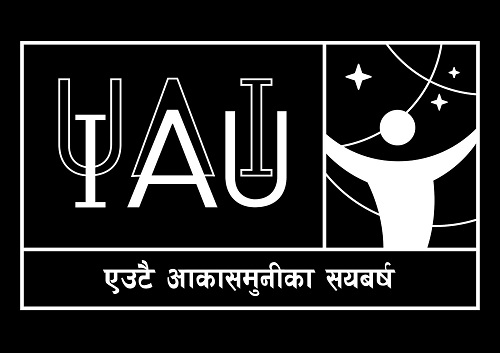

The ‘IAU Symposium 375’ organized by the International Astronomical Union (IAU) concluded here on Friday. The symposium had kicked off on December 5 and it is the first time that this event has been held in Nepal.
Entitled ‘The Multimessenger Chakra of Blazar Jets’, the symposium brought together more than 100 astrophysicists from various countries including India, China, America, Russia, Germany, France and Britain.
Over 80 papers related to the latest studies and research on Blazar Jets were presented and discussed in course of the symposium, according to the IAU Symposium 375 organizing committee.
Blazars are among the most intriguing and consistently bright objects in the observable Universe. They are the most extreme active galactic nuclei with powerful relativistic jets extending out to kpc from the central engine.
As per the information provided by the organizing committee, despite decades of systematic study of their emission across the electromagnetic spectrum, we still lack a basic understanding of their intrinsic jet processes and the processes relevant to the supermassive black holes that power them. Understanding how black holes interact with their environments, as well as the consequences of such interactions, has rippling effects not only across astrophysics, but also for fundamental physics and beyond. This is in fact the perfect time to study blazars and their jets.
Advances in radio, optical, continued operations of Swift in X-rays and Fermi in γ-rays, IceCube in neutrinos, as well as the upcoming large-scale surveys set the ideal stage to study the multimessenger emission and structure of blazars on diverse scales. In addition, 2021 marked the beginning of the era of high-energy polarization with the launch of the Imaging X-ray Polarimetry Explorer. The symposium comes at the right time to recollect all that we know about blazars, all that we have yet to learn, and to organize the community and facilitate the building of new collaborations that will allow us, in this multimessenger era, to take advantage of the wealth of existing and upcoming facilities and tackle the major open questions in astrophysical jets.
Apart from the discussions on working papers, an interaction was also held with students of 12 to 14 years age group studying in various community schools. The students had put up queries regarding the black hole.
Another highlight of the symposium was the workshop on how to teach astronomy in the classroom in which experts shared ideas with science teachers.
Nepal Astronomical Society president and IAU Symposium 375’s local organizing committee member, Suresh Bhattarai said that the Symposium organized for the first time in the country and participated in by researchers and scientists from across the globe has been successful. He added that it has also contributed to promoting tourism.